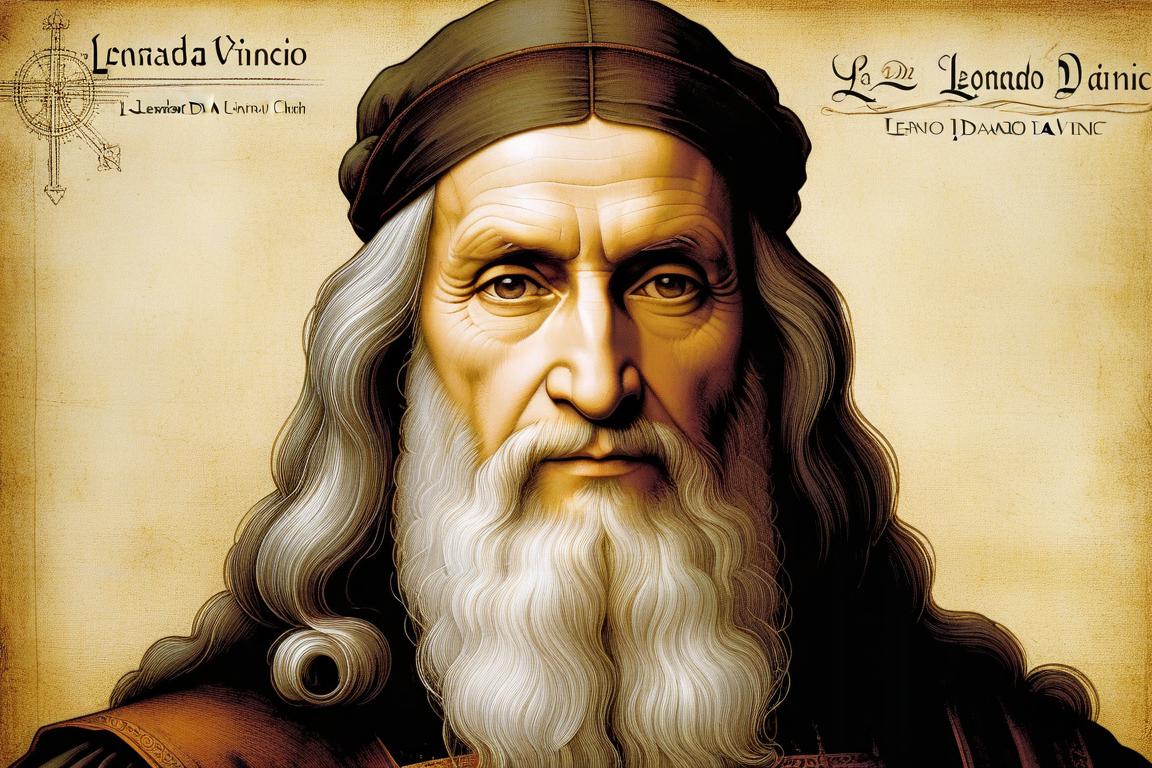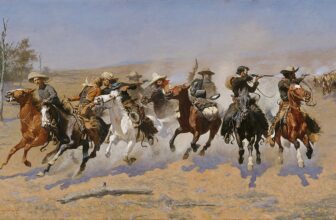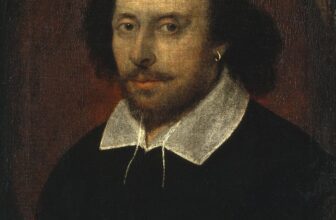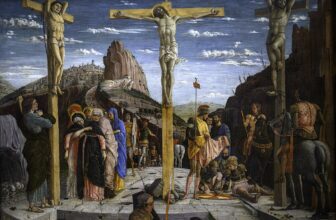
Leonardo da Vinci: The Timeless Genius Behind the Greatest Art of All Time
When discussing the greatest artist in history, one name consistently rises to the top: Leonardo da Vinci. Known as the quintessential Renaissance man, Leonardo was far more than just an artist. He was a painter, sculptor, engineer, anatomist, inventor, and visionary whose work has transcended time, inspiring generations of creators and thinkers. But why is Leonardo da Vinci widely regarded as the greatest artist? His unparalleled skill, innovation, and the profound impact of his art and ideas make him a timeless icon. Let’s delve into why Leonardo’s legacy remains unmatched in the art world.
Mastery of Technique
Leonardo’s technical proficiency as a painter is evident in his works, which showcase an unmatched understanding of light, shadow, perspective, and anatomy. His ability to capture the human form with such precision and emotional depth was revolutionary. Techniques like sfumato, the seamless blending of colors and tones to create soft transitions, were pioneered by Leonardo. This method is most famously observed in the enigmatic Mona Lisa, where the subtle gradation of tones around her face gives her a lifelike presence that has mesmerized viewers for centuries.
Leonardo’s mastery extended beyond mere technique. He was among the first to study human anatomy through dissection, meticulously documenting his findings in detailed sketches. This deep understanding of the human body allowed him to create figures that were not only anatomically accurate but also imbued with dynamic realism. His groundbreaking study of proportions, famously captured in the Vitruvian Man, reflects his belief in the harmony between art and science.
A Visionary Ahead of His Time
Leonardo was a thinker and inventor whose ideas often surpassed the technology of his era. His notebooks are filled with designs for flying machines, hydraulic systems, and weaponry, showcasing his insatiable curiosity and imagination. Though many of these inventions were never built, they reveal a mind constantly seeking to push boundaries and explore the unknown.
This same visionary spirit infused his art. Take, for instance, The Last Supper, a masterpiece that redefined religious painting. Leonardo’s innovative use of perspective draws the viewer’s eye directly to Christ, the central figure, while the intricate interplay of gestures and expressions among the apostles conveys a narrative richness rarely seen in earlier works. It’s not just a painting; it’s a profound psychological study that continues to captivate audiences.
Emotional Depth and Universality
Leonardo’s art resonates on a deeply emotional level, making it universally appealing. His ability to capture the subtleties of human emotion, a slight smile, a furrowed brow, a glimmer in the eye, transforms his subjects into living, breathing individuals. The Mona Lisa is the epitome of this skill. Her ambiguous expression has sparked endless debate and interpretation, demonstrating the enduring power of Leonardo’s ability to evoke mystery and wonder.
Beyond individual works, Leonardo’s focus on universal themes, love, spirituality, curiosity, ensures his art remains relevant across cultures and time periods. He tapped into the essence of the human experience, creating works that speak to fundamental truths about our existence.
Integration of Art and Science
One of Leonardo’s greatest contributions was his seamless integration of art and science. He viewed the two disciplines not as separate entities but as complementary ways of understanding the world. This holistic approach is evident in his art, where scientific precision enhances aesthetic beauty.
For instance, his anatomical studies not only advanced medical knowledge but also informed his artistic practice, enabling him to depict the human form with unparalleled accuracy. His observations of nature, from the way light falls on objects to the mechanics of bird flight—fed directly into his art, resulting in works that are both scientifically accurate and artistically sublime.
Cultural and Historical Impact
Leonardo’s influence extends far beyond the Renaissance. His work laid the foundation for countless advancements in art, science, and engineering. Artists such as Michelangelo and Raphael were directly inspired by Leonardo’s innovations, pushing the boundaries of their own creativity. In the centuries since, his art and ideas have continued to inspire movements such as Romanticism, Modernism, and even contemporary digital art.
Moreover, Leonardo’s universal appeal has cemented his status as a cultural icon. The Mona Lisa is arguably the most famous painting in the world, drawing millions of visitors to the Louvre each year. His legacy is not confined to museums; it permeates popular culture, literature, and education, ensuring that his genius remains accessible to all.
The Enduring Mystery
Part of Leonardo’s allure lies in the mysteries that surround him. Despite his prolific output, many of his works remain unfinished or lost, adding an air of intrigue to his story. His notebooks, filled with cryptic notes and sketches, offer tantalizing glimpses into his mind but leave much unexplained. This sense of mystery only deepens the fascination with Leonardo, inviting endless exploration and interpretation.
Why Leonardo Still Matters Today
In a world driven by rapid technological advancements and the blending of disciplines, Leonardo’s example is more relevant than ever. His insatiable curiosity, interdisciplinary approach, and commitment to excellence serve as a blueprint for innovation and creativity. He reminds us that art and science are not opposing forces but partners in the quest to understand and express the complexity of life.
Leonardo da Vinci’s greatness lies not only in his masterpieces but also in the spirit of exploration and wonder he embodied. He was a man who dared to dream beyond the confines of his time, leaving a legacy that continues to inspire and challenge us. In celebrating Leonardo, we celebrate the boundless potential of human creativity and the enduring power of art to connect us across time and space.




